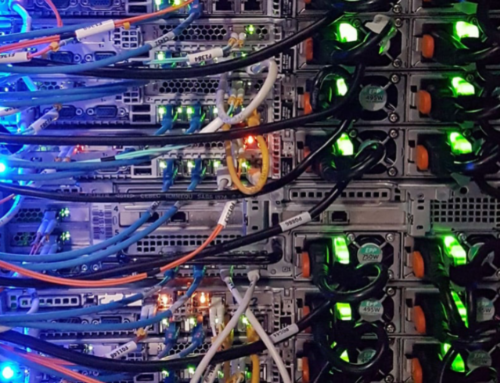As every day passes, cybersecurity threats become increasingly sophisticated and targeted. Businesses need to be proactive in protecting their infrastructure, and edge data centers have emerged as a critical asset in enhancing cybersecurity strategies. With their strategic proximity to end-users and data sources, edge data centers offer an innovative approach to improving data security. Let’s dive into how edge data centers boost cybersecurity.
Reducing Latency for Real-Time Threat Detection
One of the primary benefits of edge data centers is their ability to reduce latency by processing data closer to where it’s generated. This is crucial for real-time threat detection and rapid response to cyber threats. In a traditional centralized data center model, transmitting data to security systems may result in delays, increasing the time it takes to identify and mitigate threats. These time gaps can be exploited by cyber attackers, increasing the potential for damage.
With edge data centers, however, the localized processing of data allows for near-instantaneous analysis, improving response times to security breaches. This capability is vital for early detection, containing threats before they escalate, and minimizing the impact on business operations. In the world of cybersecurity, seconds matter, and edge computing enables organizations to act faster.
Enhancing Data Privacy with Localized Processing
Data privacy is a growing concern for many organizations, particularly those dealing with sensitive or regulated information. Edge data centers enhance data privacy by keeping data processing and storage closer to its source, thus limiting the need for long-distance data transfers. This significantly reduces the risk of interception or exposure during transit, a common vulnerability in centralized data center models.
Localized data processing within an edge infrastructure allows organizations greater control over their data flow, providing an additional layer of security. It enables companies to ensure that sensitive information remains confined to specific regions or even individual edge nodes, lowering the risk of unauthorized access. By leveraging edge data centers, organizations can confidently maintain compliance with privacy regulations and reduce potential attack vectors.
Strengthening Security with a Distributed Architecture
The decentralized structure of edge data centers presents a distinct advantage when it comes to cybersecurity. Unlike traditional centralized models where a breach could have wide-reaching consequences, the distributed nature of edge data centers isolates threats to individual locations. This compartmentalized approach improves system resilience and makes it significantly harder for attackers to disrupt an entire network.
If one edge data center is compromised, the impact on other data centers within the same network is minimized, ensuring continuity of operations. Organizations can implement site-specific security protocols at each edge node, tailoring their defenses based on the needs of each location. This multi-layered defense strategy helps contain threats, improving overall security posture and providing stronger protection against increasingly sophisticated cyberattacks.
If you’re looking to optimize your security measures with cutting-edge edge data center solutions, LDP Associates is here to help. Contact us today to learn how we can strengthen your cybersecurity strategy and future-proof your operations.
Posted 9/27/24






